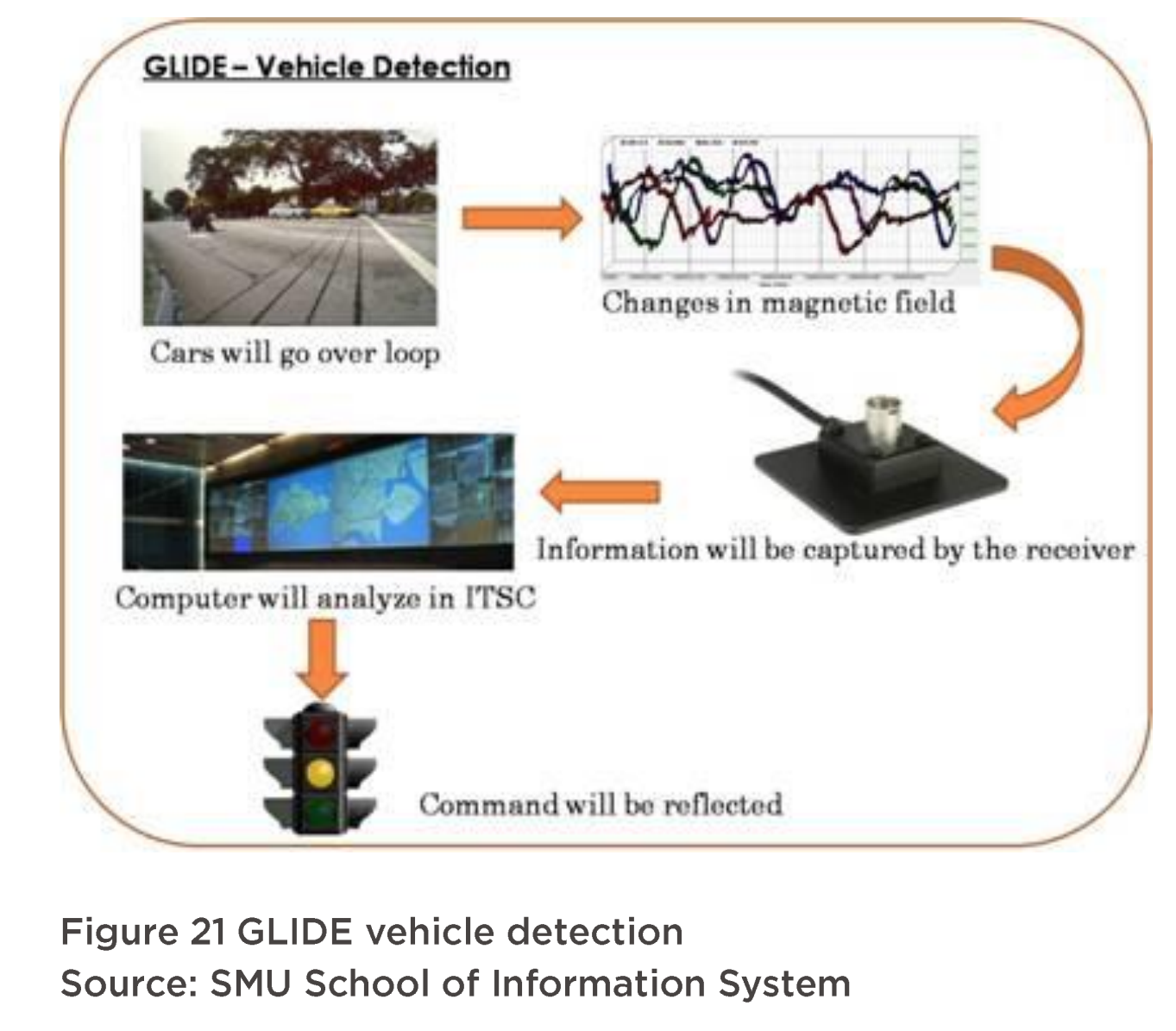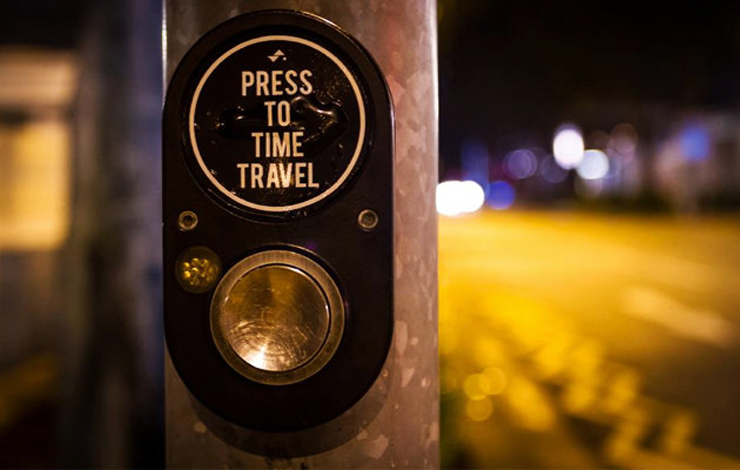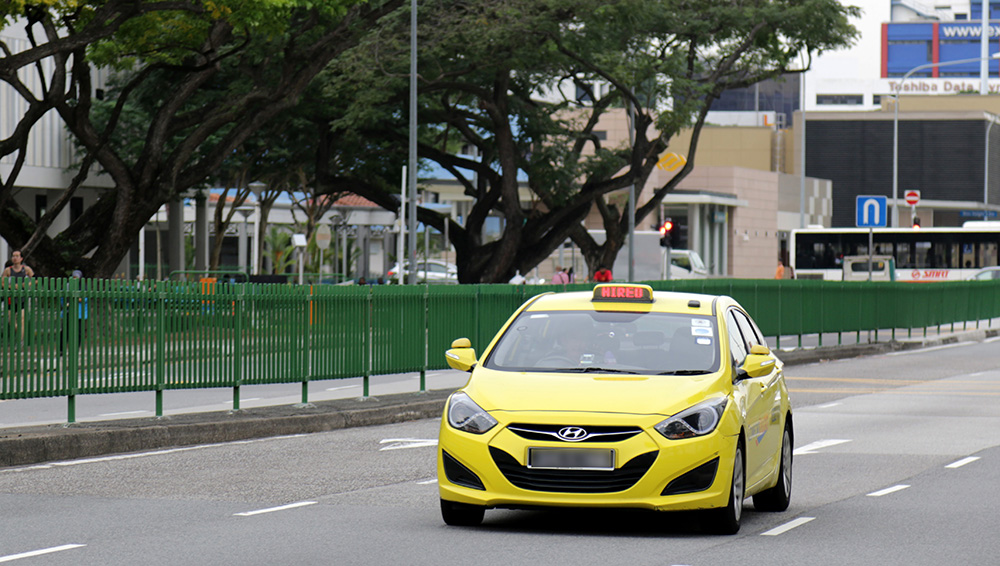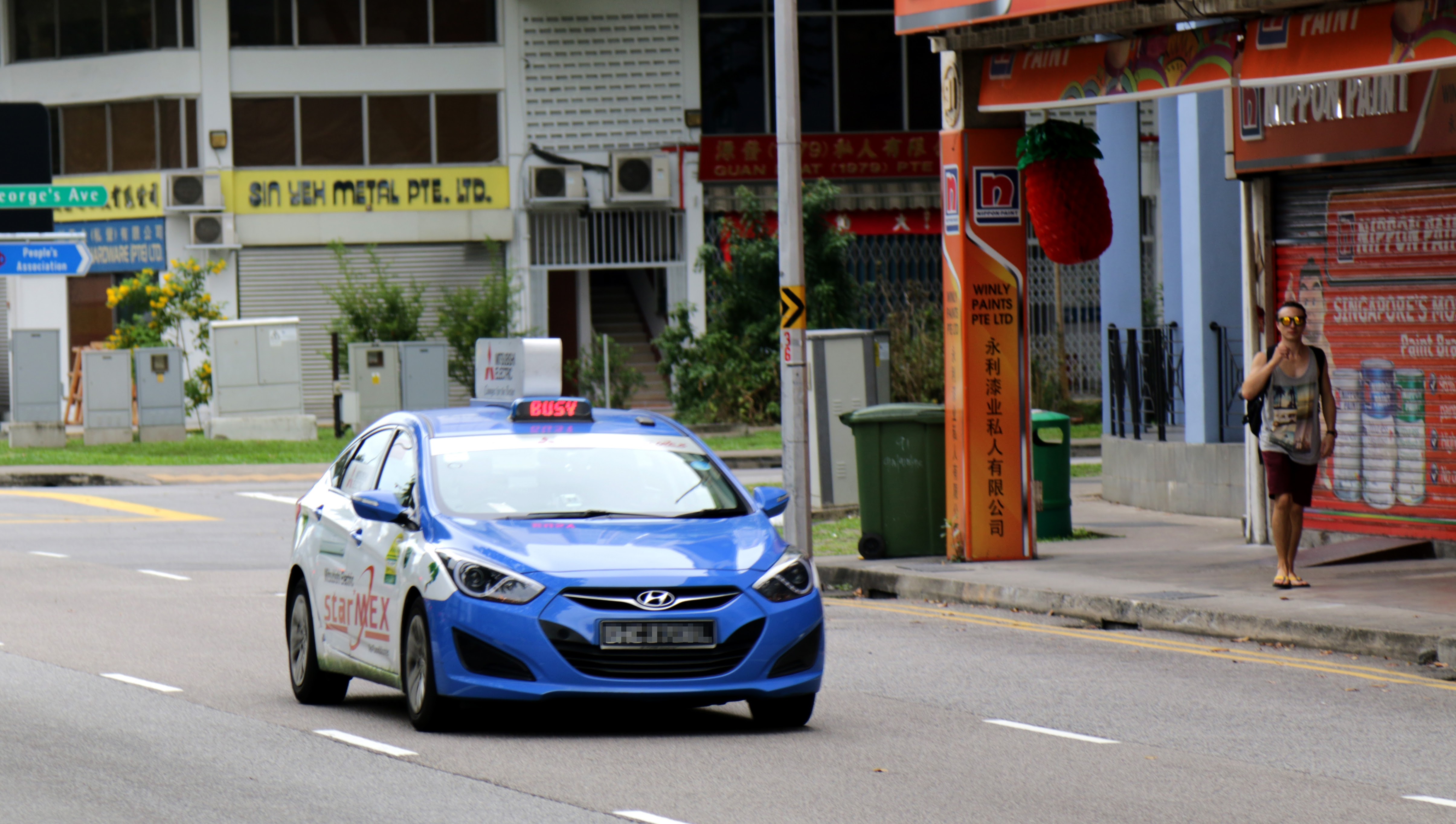If you're like us, you might have wondered how our traffic lights work.
Singapore's traffic light timings are adjusted according to demand. This is made possible by a very nifty thing called the Green Light Determining (GLIDE) System.
Underneath the road's surface
Situated underneath the road surface of junctions are wire sensors which sense the presence of vehicles.
Each time a vehicle moves over the sensor, it triggers a change in the sensor's magnetic field.
This then activates a controller which adjusts the timing of the green light -- the more vehicles moving in a particular direction, the longer the green light.
 Screenshot via.
Screenshot via.
[related_story]
Not only that, the GLIDE system also coordinates the green light between adjacent junctions so that drivers moving from junction A to junction B do not have to keep stopping at red lights.
While vehicles are detected by underground sensors, pedestrians are detected by something a little more familiar:
 Press already won't time travel, but can cross road. Via.
Press already won't time travel, but can cross road. Via.
After pressing the pedestrian button, a signal is triggered to turn the vehicle traffic light red, and prepare to flash the green man.
Fun fact: Some pedestrian crossings allow for a longer (five seconds longer, to be exact) crossing time if you scan the reader with a senior citizen's personalised contactless ePurse application standard (Cepas) card.
Taxis as probes
Perhaps what is even more amazing is the role that taxis play in keeping traffic on our roads running smoothly.
 Image by Joshua Lee.
Image by Joshua Lee.
Known as TrafficScan, taxis make use of their Global Positioning System (GPS) which provides information on the taxis' locations and speeds as they travel along the road.
This information is relayed to the Intelligent Transport System Centre which collates traffic information from a variety of sources (including the two mentioned in this article) to ensure traffic doesn't come to a standstill.
Whoa, Smart Nation indeed.
Top image by Joshua Lee.
If you like what you read, follow us on Facebook, Instagram, Twitter and Telegram to get the latest updates.

